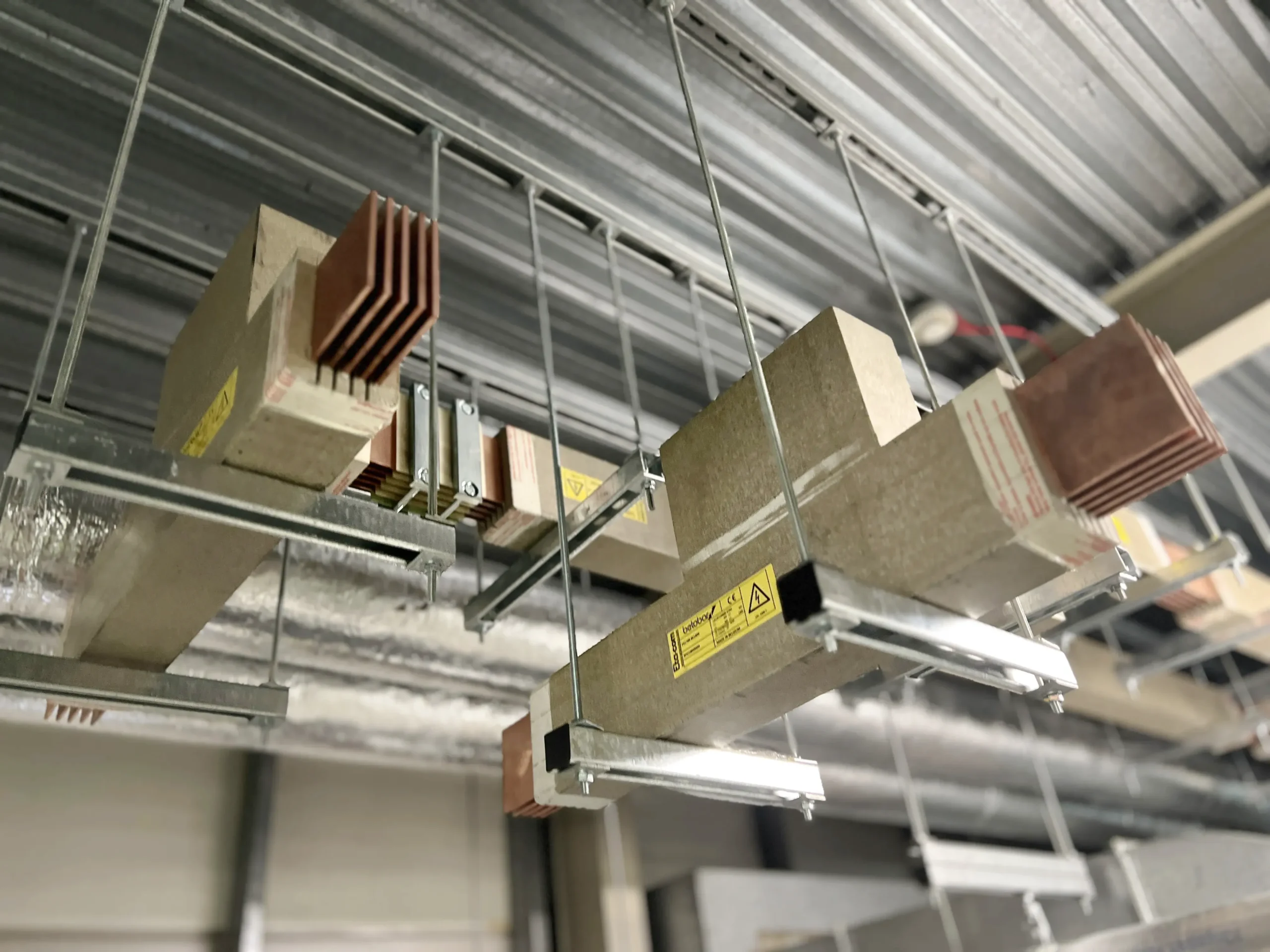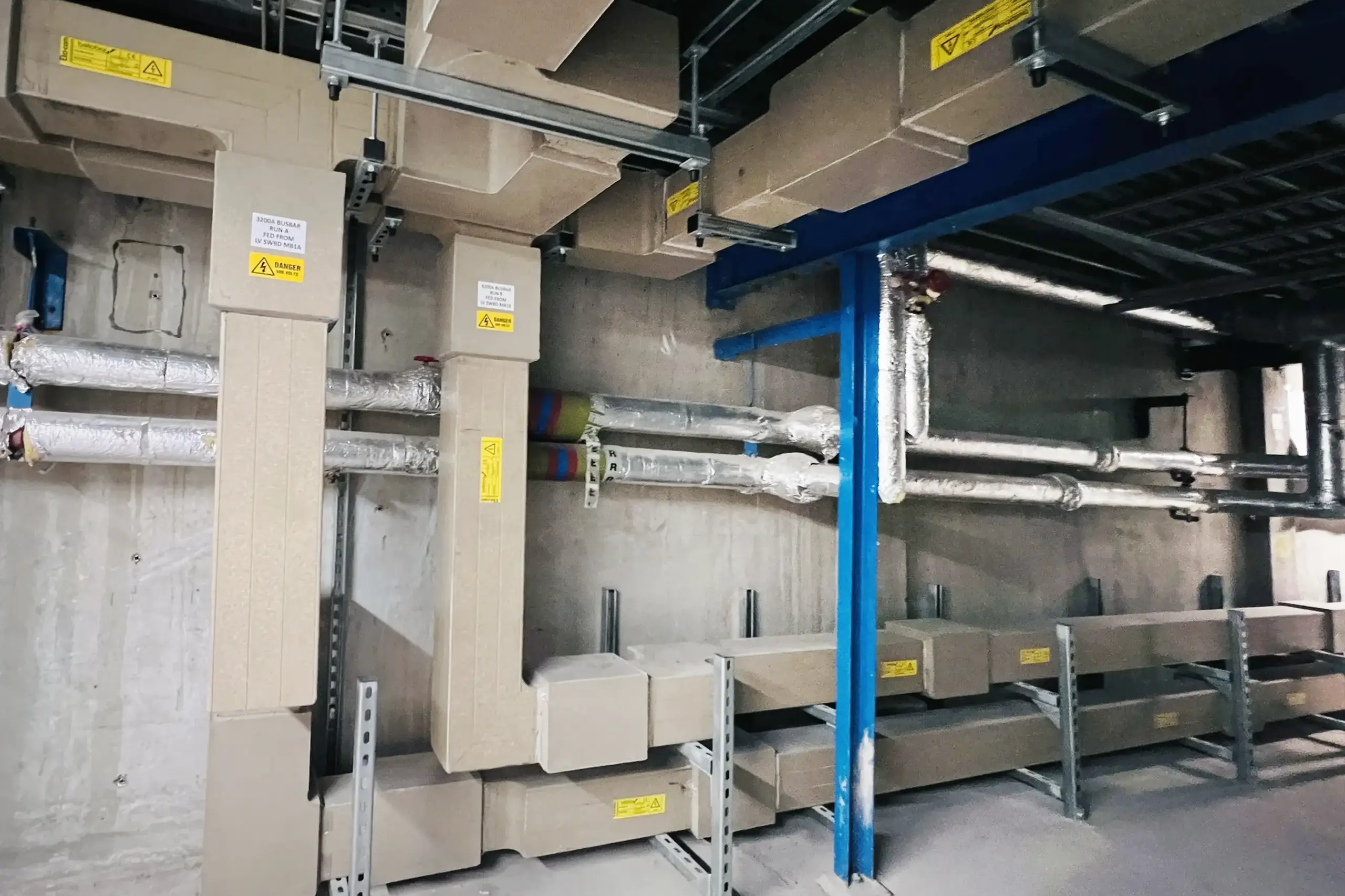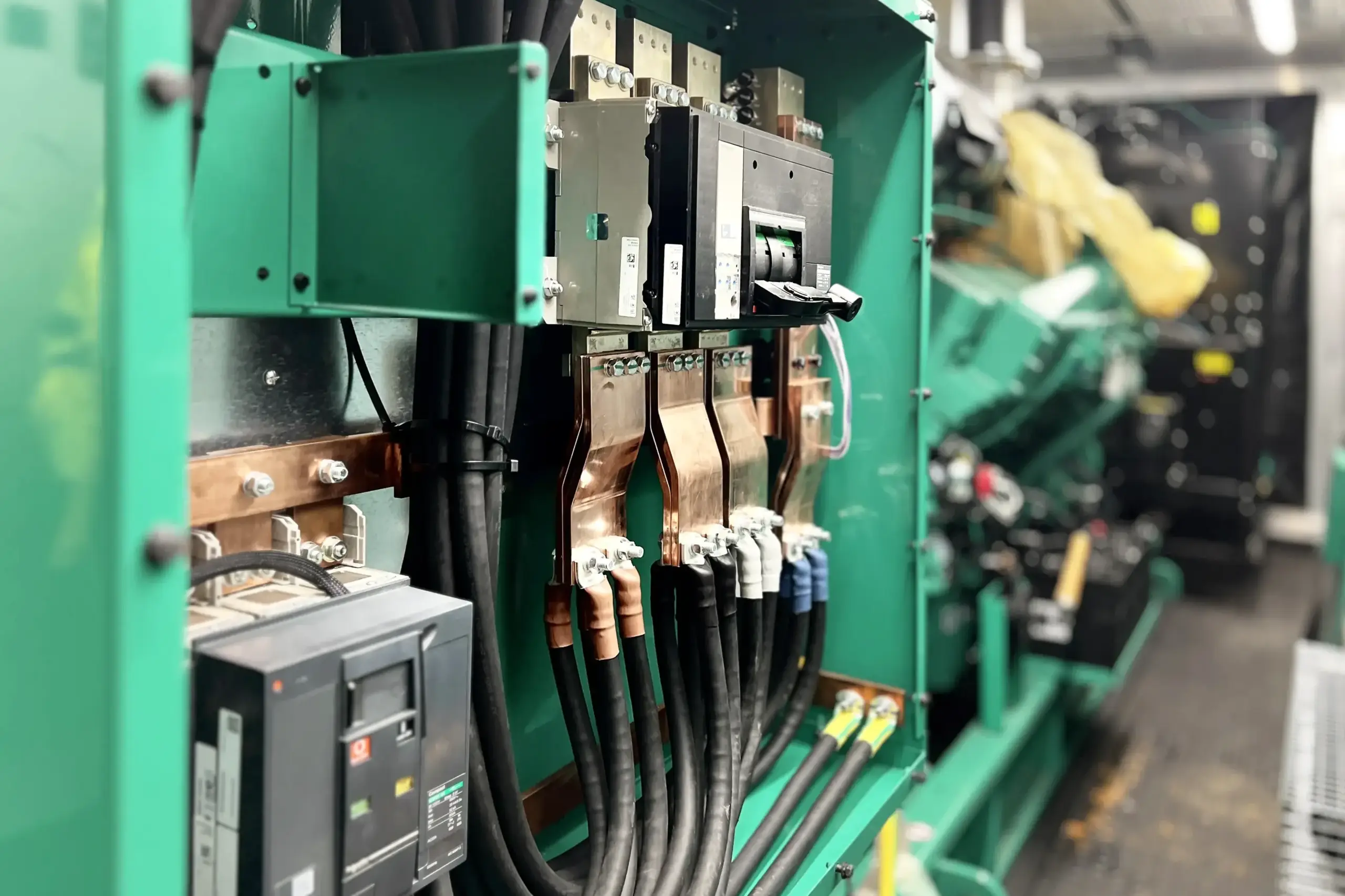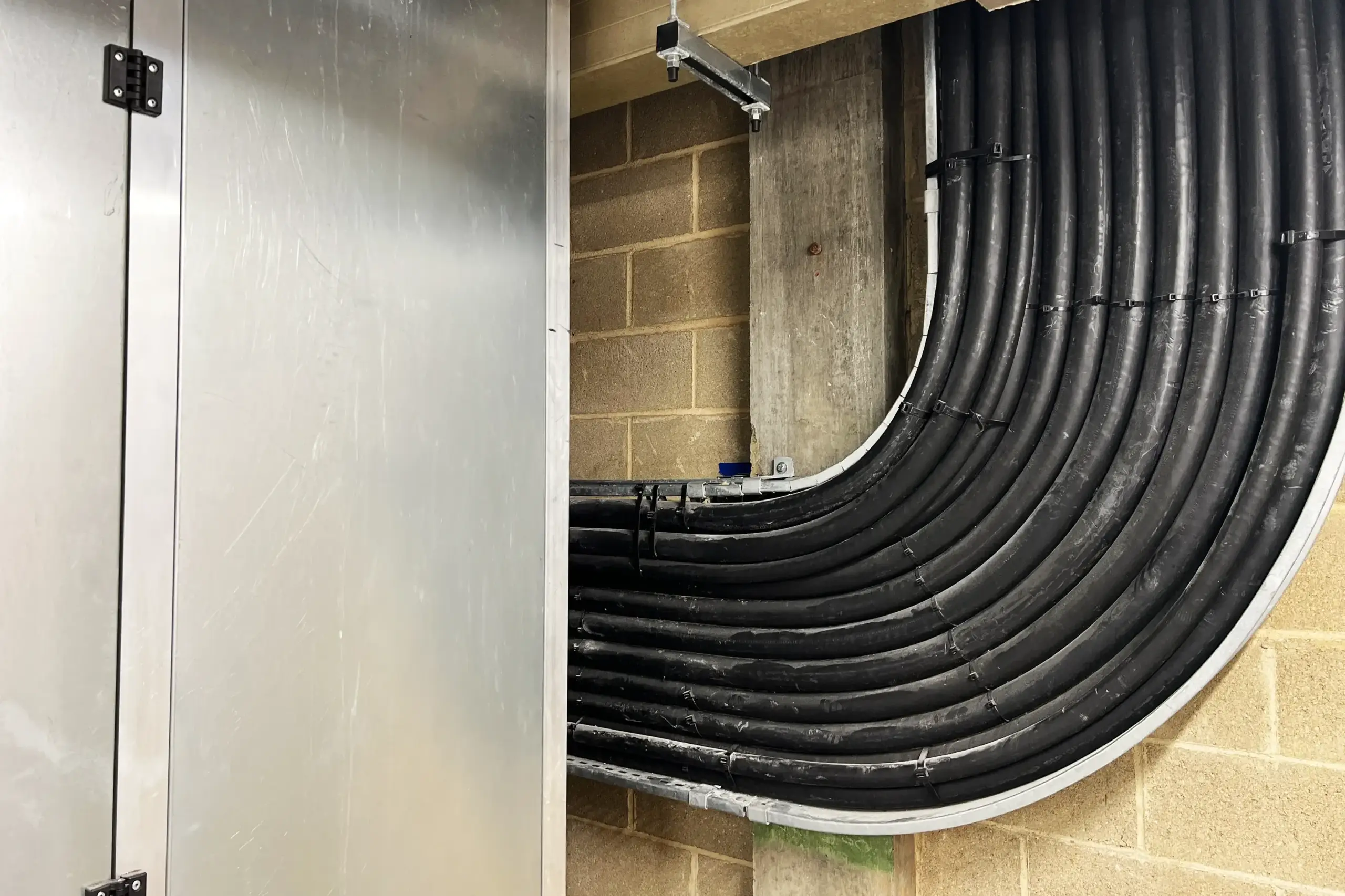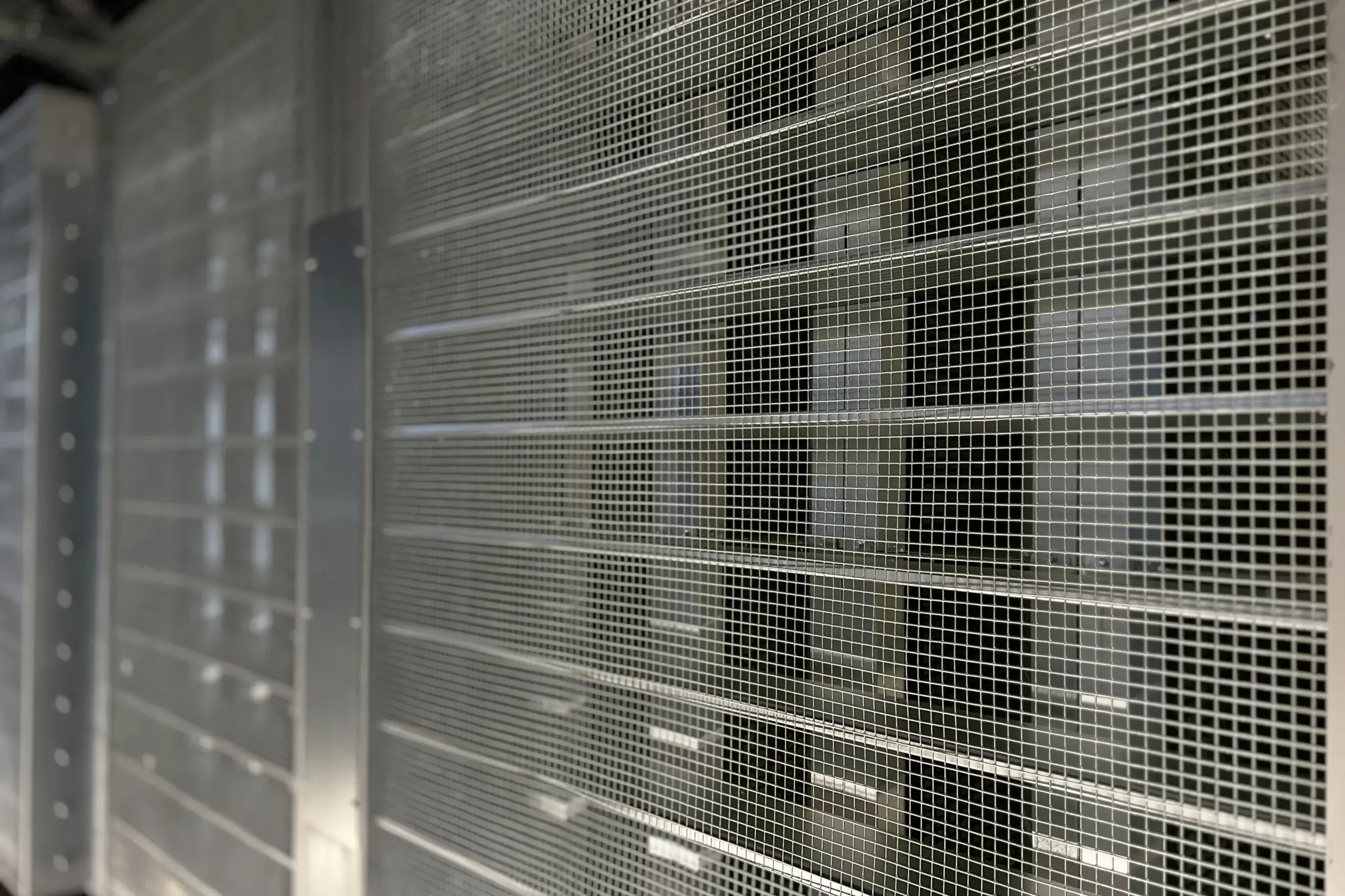01 / Case Study
Queen Elizabeth Hospital: Services Infrastructure Project
DSSR, McLaren and Dowds haveworked together at Queen ElizabethHospital to deliver the £30 MillionSitewide Services Infrastructure Project.
Location / London
Contract Value / £30m
Architect / N/A
Client / Queen Elizabeth Hospital
Completion / 2024
02 / Overview
Overview of the Queen Elizabeth Hospital SIP project
The installation of a new electrical distribution system including a new HV ring around the hospital along with a HV switch panel to supply two new packaged substations.
Substation and Power Resilience
The substations are sized so either can accommodate the entire load of the site to provide the hospital with the necessary resilience to meet current HTM standards. Three 1.5kVA containerised generators have been installed on structural bulk fuel tanks to provide backup in the event of an HV failure. From the packaged substations, 1.3km of 3,200A cast resin busbars connect to new switch rooms with 14 new LV switchboards around the hospital.
Medical Gas and Ventilation Enhancements
Mechanically, the medical gas system has been expanded throughout the hospital with a new VIE compound to provide additional resilience. Bed head trunking has been upgraded throughout all wards, with additional gas terminals installed to accommodate more beds. Enhanced ventilation systems have been provided throughout the hospital with 9 new AHUs installed on new high-level plant decks, along with 19 refurbished AHUs, introducing cooling to eight of them. New ventilation systems have been provided in Women’s Services, Theatre Department, and the Delivery Suite.
Project Phasing and Coordination
Phasing of the works was a key consideration throughout the design and installation process, along with extensive stakeholder engagement to enable all the new infrastructure to be installed and the existing equipment decommissioned and removed, ensuring the safety of patients, staff, and visitors while maintaining business as usual for the Trust. Additionally, coordination with other developments around the site, such as the installation of new MRI and CT scanners, required meticulous planning and cooperation to minimise disruptions and ensure seamless integration of projects. Budgetary constraints and logistical challenges were addressed through innovative solutions, enabling the project to stay on track while enhancing the hospital’s infrastructure.
